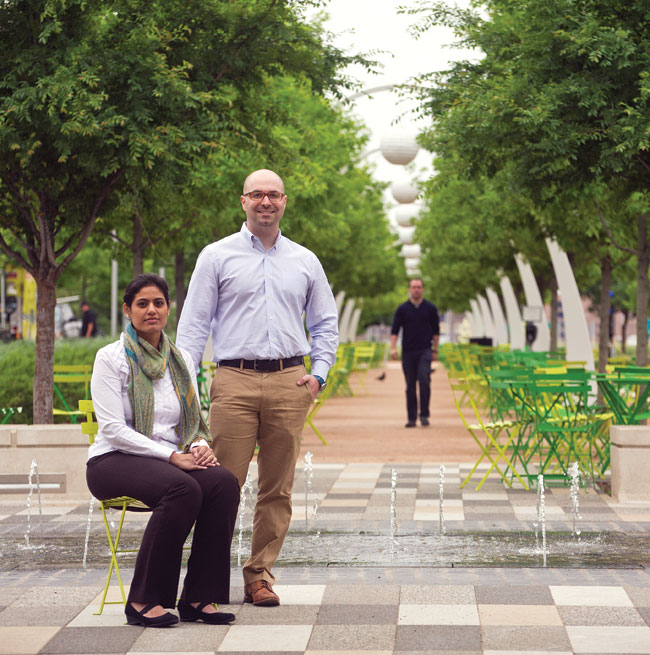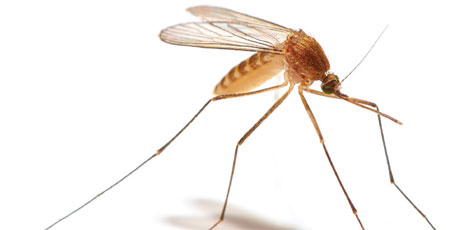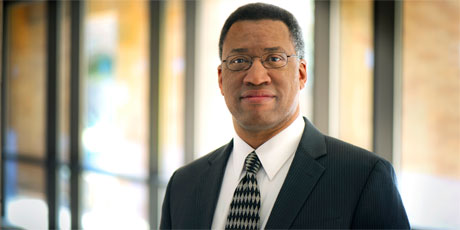Space
Park Power
New landscape architecture case studies link values to public amenities

Sameepa Modi and Dylan Stewart studied the impact of Klyde Warren Park.
Constructing a new park, nature trail, or other public amenity is usually seen as a way to improve the quality of life of a community. But landscape architect Taner Özdil and his students think that only scratches the surface of the potential impact.
“There is a growing call to explain the effect of landscape architecture and what it does,” says Dr. Özdil, whose team included then-master’s students Sameepa Modi and Dylan Stewart. “We are a part of that call.”
To that end, the researchers conducted three case studies for the Landscape Architecture Foundation’s Case Study Investigation Program to show the environmental, economic, and social benefits of notable landscape projects in the region. Their subjects were Klyde Warren Park in Dallas, the UT Dallas campus landscape plan, and Buffalo Bayou Promenade in Houston.
Among their more notable findings was that the addition of Klyde Warren Park increased property values, increased physical activity among its patrons, and reduced carbon dioxide in downtown Dallas.
Modi hopes the knowledge and lessons discovered through their studies will inform future landscape projects.
“The research looks at how a project affects everyday people," she says. "Is it beneficial or just beautifying? Does it make the community members’ lives more livable? Research helps us make a better future.”

















